17 Low Oxalate Breakfast Ideas to Keep Your Kidneys Healthy
Primal Edge Health participates in the Amazon Services LLC Associates Program and other affiliate programs and therefore, may collect a share of sales or other compensation from the links on this page. This comes at no additional cost to you, and all the prices and availability are accurate at the time of publishing.
If you’re not sure what to eat in the mornings while on the low-oxalate diet, here are some of my best low-oxalate breakfast ideas to help you get started. Whether you enjoy a savory breakfast or crave something sweet to start your day, I got you covered.

I started reducing my oxalate intake a few years ago, and I was very pleased to find out that most of my favorite breakfast foods are low in oxalates. I’m a big breakfast lover, so I wasn’t ready to give up eggs, coffee, milk, and all my other morning staples.
Luckily, I didn’t have to. However, there are still a lot of high-oxalate foods that anyone on the diet needs to be wary of. Let’s discover how you can make your breakfast nutritious, tasty, and low-oxalate-friendly all at the same time.
Table of Contents (click to view)
What Are Oxalates?
According to the National Kidney Foundation, oxalates are naturally occurring substances in certain foods that can crystallize when excreted in urine. While oxalates themselves are not inherently harmful, an excess of them in the urine can bond with calcium and form hard crystal stones. These are called calcium oxalate stones, the most common type of kidney stone.
What are Calcium Oxalate Stones?
Calcium oxalate stones form when oxalate and calcium combine into hard masses in the kidney. According to Mount Sinai, around 80% of kidney stones contain calcium, typically paired with oxalate or oxalic acid.
These stones can cause severe pain and other symptoms, including:
- Persistent stomachache
- Blood in the urine
- Nausea or vomiting
- Fever
- Foul-smelling urine
- Cloudy urine
While some people can pass kidney stones without surgery, doctors may recommend surgical intervention to prevent blockages or infections. Your doctor may also recommend a low-oxalate diet to prevent the development or reoccurrence of calcium oxalate stones.

What is the Low Oxalate Diet?
The low oxalate diet revolves around reducing your intake of dietary oxalates. The recommended limit varies, but according to the UC Kidney Stone Foundation, the ideal range for the low oxalate diet is 50 to 100mg of oxalates per day.
Going low oxalate could mean taking high oxalate foods out of your diet, focusing on low oxalate foods, or my preferred strategy: finding a good balance between high and low oxalate foods.
A low-oxalate diet aims to prevent the formation or recurrence of calcium oxalate stones, rather than promoting weight loss. However, the diet can support your health goals by reducing high-sodium and processed foods.
Your doctor might recommend a low-oxalate diet if you are at a higher risk of developing kidney stones. According to a 2021 study by BMC Urology and the National Kidney Foundation, risk factors for kidney stones include:
- Obesity
- High blood pressure
- Diabetes
- Alcohol consumption
- Opium use
- Smoking
- Dehydration
- Inflammatory bowel disease
- A diet too high in protein, sugar, and sodium
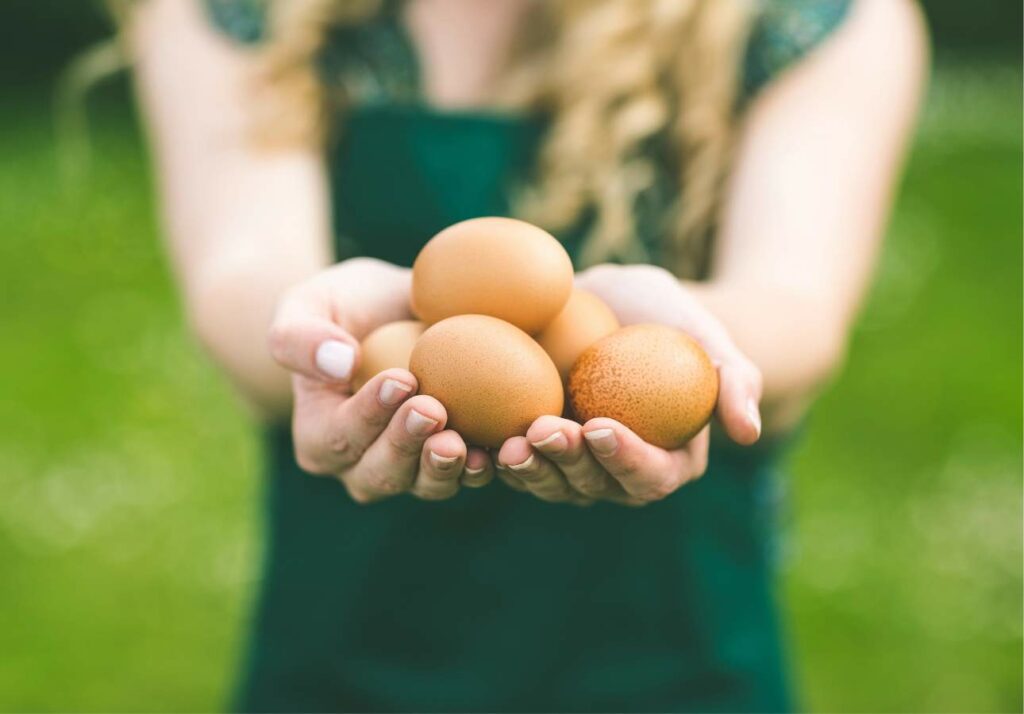
Low-Oxalate Foods For Breakfast
This might sound like a cliche, but breakfast is truly the most important part of the day. However, the accuracy of that statement will depend on what you eat as you start your day.
Personally, I like my breakfast to be filling, nutritious, and (for the most part) easy to make. This helps make sure I get a good jumpstart on my day and what I eat can hold me over until my next meal. However, when I started watching my low-oxalate intake, I had another factor to consider: the oxalate content of my food.
Luckily, the UCI Kidney Stone Center has a reliable list of oxalate content in foods. According to this list, here are some ideal foods and ingredients for a low-oxalate breakfast:
Fruit
Fresh fruit is the best option no matter what diet you’re on. However, the freshness of fruit becomes more important on the low oxalate diet. Fresh fruit is denser than dried fruit, which means you tend to eat less of it in one sitting and, in turn, consume fewer oxalates.
If you like fruits on your French toast or Greek yogurt, I have some good news for you. Most fruits are very low in oxalates. These include:
- Bananas
- Blueberries
- Blackberries
- Cherries
- Limes
- Pears
- Pineapple
- Raisins
- Strawberries
- Apples
- Apricots
- Cantaloupe
- Grapes
- Honeydew Melon
- Lemons
- Mango
- Nectarine
- Papaya
- Peaches
- Plantain
- Plums
- Watermelon
Vegetables
Adding veggies to your breakfasts is a great way to boost your fiber, vitamin, and antioxidant intake in the morning. Vegetables are also a must for green smoothies (minus the spinach!) and omelets! Here are some low-oxalate vegetables you should add to your recipes:
- Brussel sprouts
- Raw celery
- Kale
- Mung beans
- Mustard greens
- Alfalfa sprouts
- Bok choy
- Broccoli
- Cabbage
- Cauliflower
- Chives
- Corn
- Cucumber
- Green pepper
- Iceberg lettuce
- Mushrooms
- Onions
- Peas
- Pickles
- Radish
- Romaine lettuce
- Scallions
- Sauerkraut
- Yellow squash
- Zucchini
Do you want to boost your fiber content during breakfast? Here’s a deeper look into low-oxalate greens for breakfast salads to accompany your eggs.
Eggs & Dairy Products
Eggs and dairy are mostly low in oxalates. These include:
- Eggs
- Coffee creamer
- Sour cream
- Yogurt
- American cheese
- Cheddar cheese
- Low-fat cheese
- Cottage cheese
- Mozzarella
- Cream cheese
- Milk
Breads and Grains
Here is where our list gets a little tricky since most common breakfast grains have moderate to high oxalate content. However, if you consider how much you’re eating, the oxalate content of these options might not be that much. I’ve included options with moderate amounts (around 5 to 7mg) for a single serving:
- Biscuits, plain or buttermilk
- Bran muffins
- Bran muffin, low-fat
- Cracked wheat bread
- English muffin
- English muffin, multi-grain
- English muffin, wheat
- Low-fat muffins
- Rye bread
- Tortillas, corn
- Tortillas, flour
- White bread
- Wheat bran bread
- Whole oat bread
- Whole wheat bread
- White rice
- Corn bran
- Oat bran
- Oatmeal
If you like making our own baked goods for breakfast like me, I recommend using low oxalate flour and flour alternatives like oat brand and corn flour. These flour options are either extremely low in oxalates or have a very mild oxalate content that won’t matter anyway.
Meat
Meat and fish excluding tofu and veggie burgers are either low or very low in oxalates. I wouldn’t worry about the meat component of your breakfast, but I would suggest avoiding ultra-processed products like sausages and bacon. Keep in mind that sodium is a risk factor for kidney stones, too!
Beverages
Great news for all my coffee lovers out there—coffee only has 1mg of oxalate per cup, which is practically nothing. The same goes for decaf and low-caffeine coffee. Other good beverage options include:
- Apple juice
- Coffee, decaff
- Orange juice
- Pineapple juice
- Postum (coffee alternative)
- Coffee, regular
- Gatorade
- Grape juice
- Grapefruit juice
- Kool-Aid
- Lemonade
- Mango juice
- Sweetened iced tea
High-Oxalate Foods to Avoid
On the other hand, what foods should you avoid while on the low oxalate diet? Here is a list divided by food category:
Fruits
As I’ve mentioned, it’s best to avoid dried fruits. Dried figs, pineapples, and prunes are especially problematic and are considered very high in oxalates. In terms of fresh fruit, here’s what you should minimize:
- Avocados
- Dates
- Grapefruit
- Kiwi
- Orange
- Raspberries
- Tangerines
- Tomatoes
Vegetables
The good news is that these aren’t common veggies you add to breakfast. Still, it’s best if you familiarize yourself with these foods so you can minimize your intake of them.
- Bamboo shoots
- Beets
- Fava and navy beans
- Okra
- Olives
- Parsnip
- Red kidney beans
- Rhubarb
- Spinach
- Turnip
- Yams
- Carrot
- Cooked celery
- Collards
- Artichokes
- Asparagus
- Hot chili peppers
- Soybeans
- String beans
Nuts and Seeds
Some nuts and seeds are very high in oxalates. Try to avoid the following:
- Almonds
- Candies with nuts (e.g., Snickers)
- Cashews
- Peanuts
- Pistachios
- Mixed nuts (with peanuts)
- Pumpkin seeds
- Trail mix
- Walnuts
- Pecans
- Sunflower seeds
- Peanut butter
17 Best Low Oxalate Breakfast Recipes
Start your mornings right with our best low-oxalate breakfast recipes! If you’re aiming to reduce oxalates in your diet to keep kidney stones at bay or just looking for healthier options, these recipes are perfect for you. They’re not only delicious and easy to whip up, but they also offer peace of mind by fitting seamlessly into a low-oxalate lifestyle, setting you up for a day of success without dietary stress.

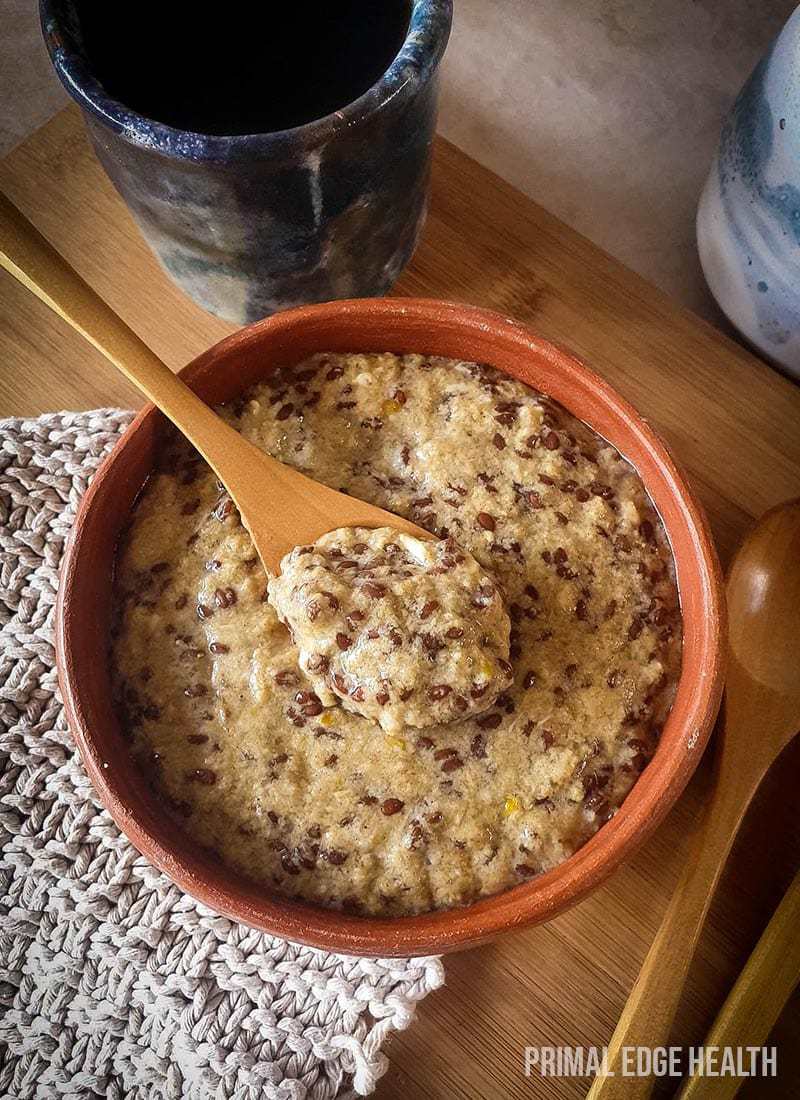
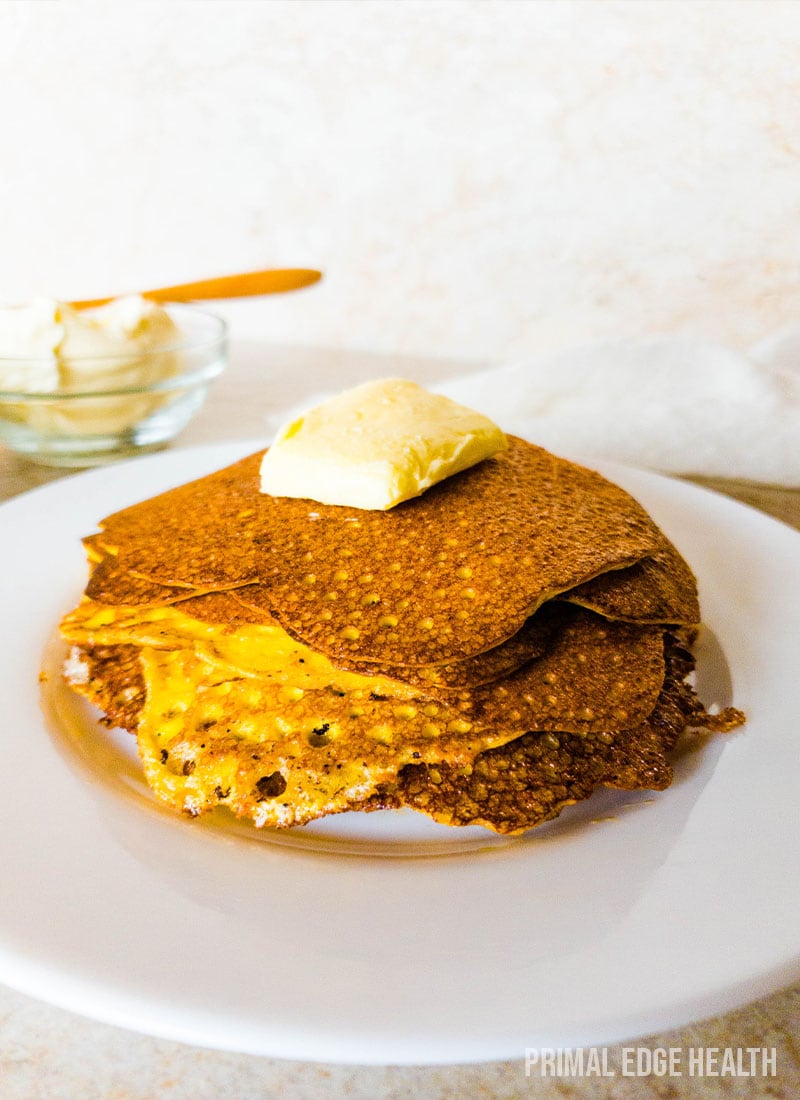
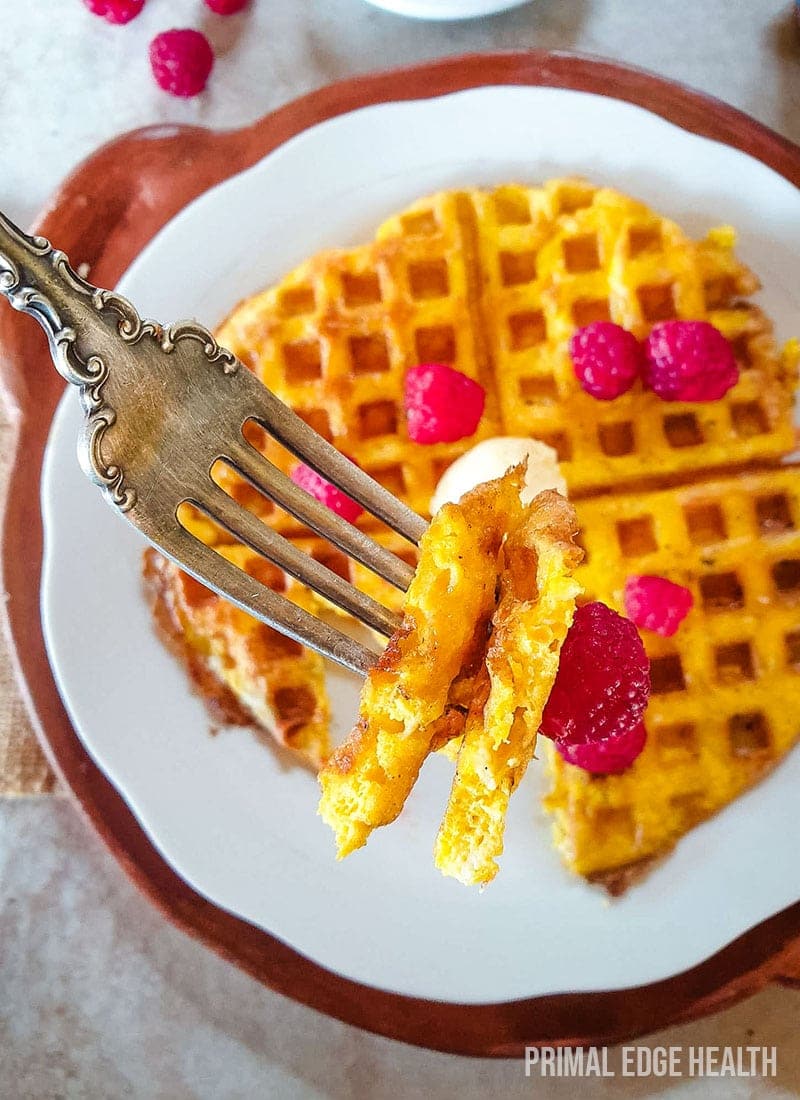

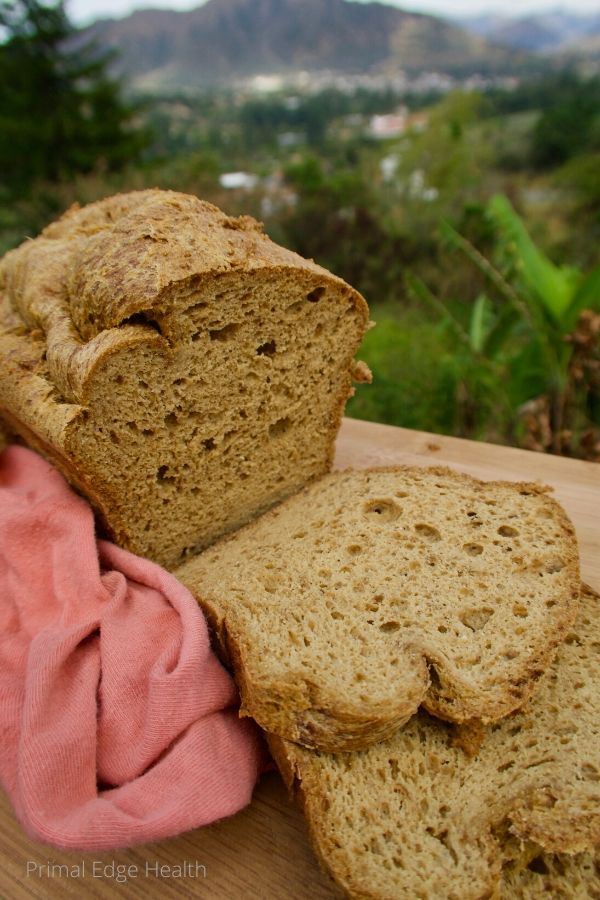
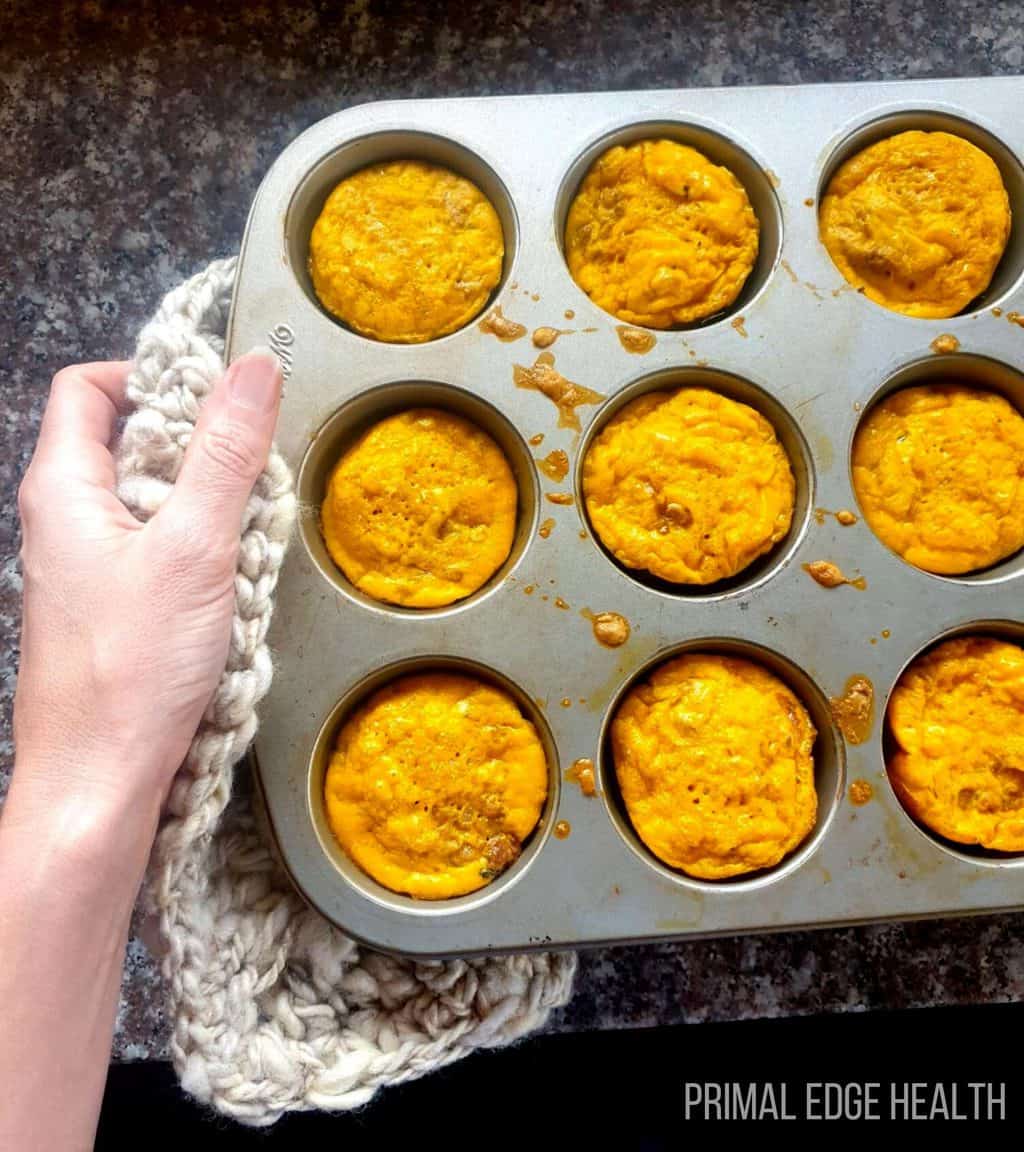

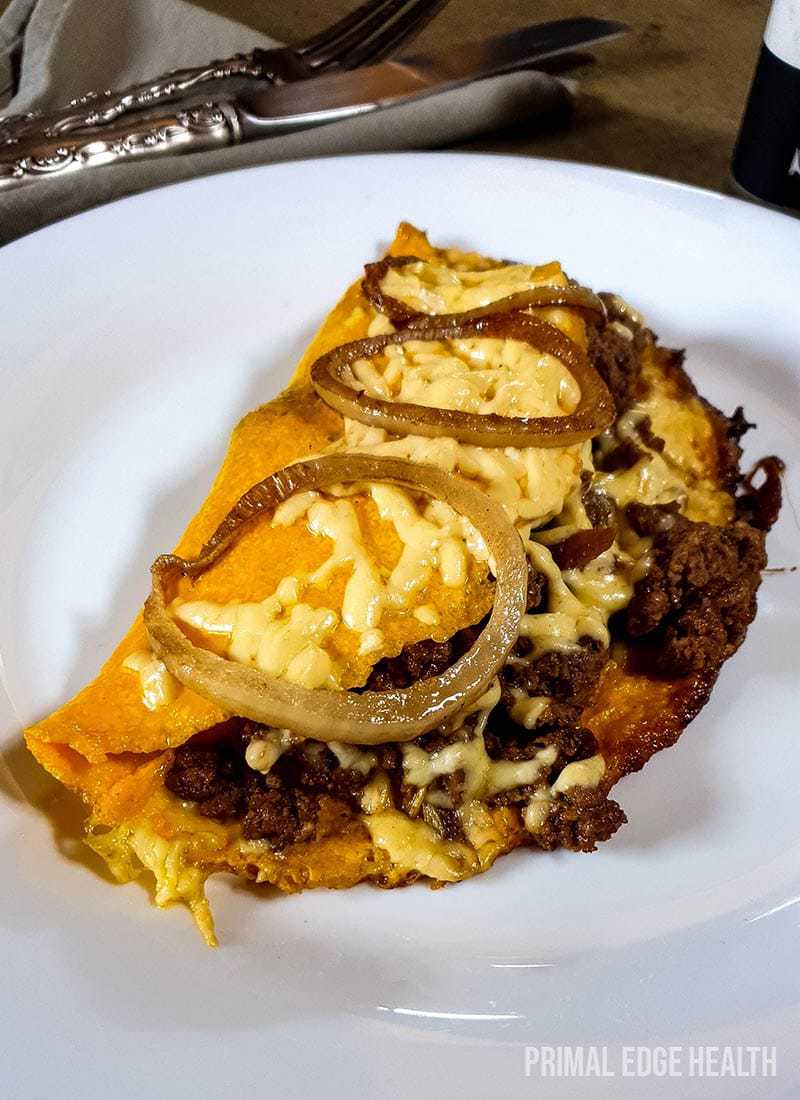
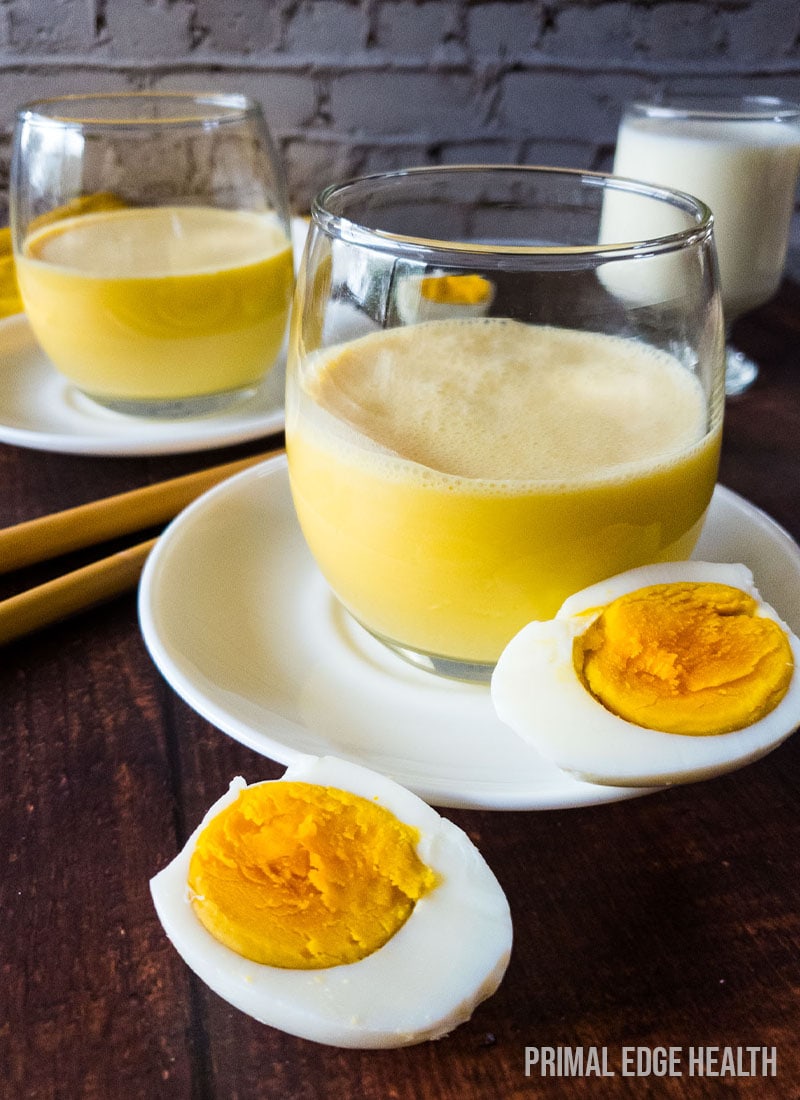
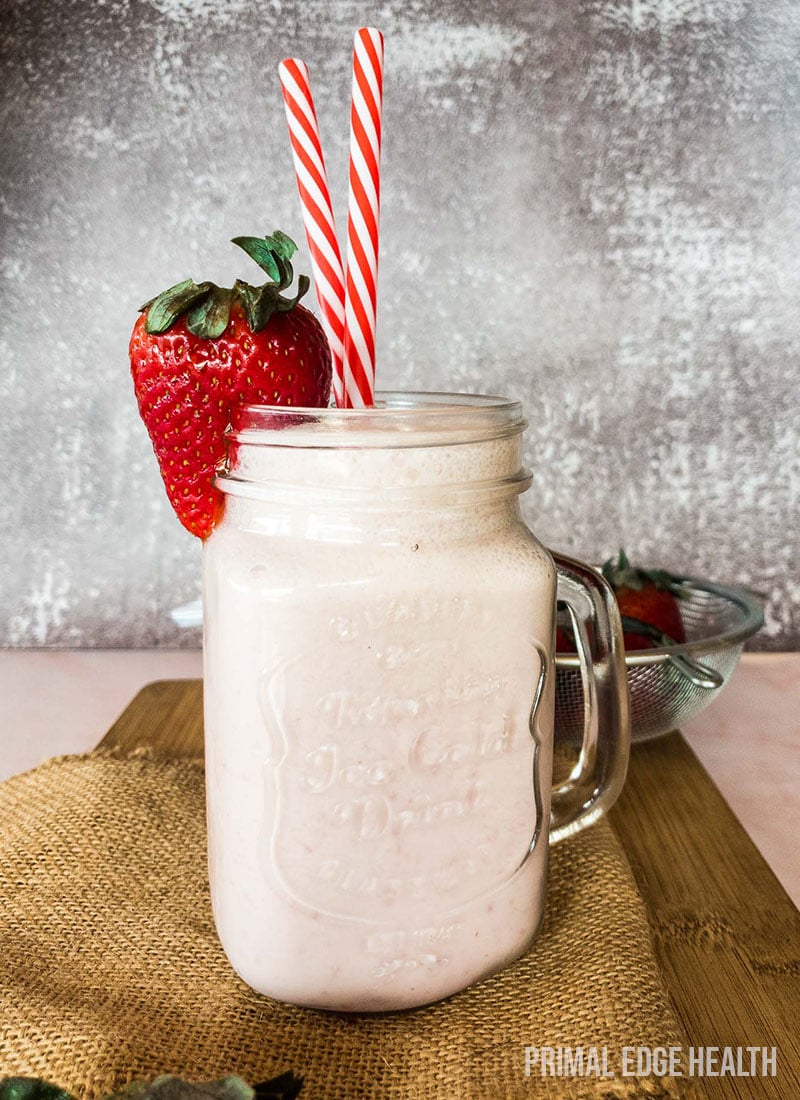
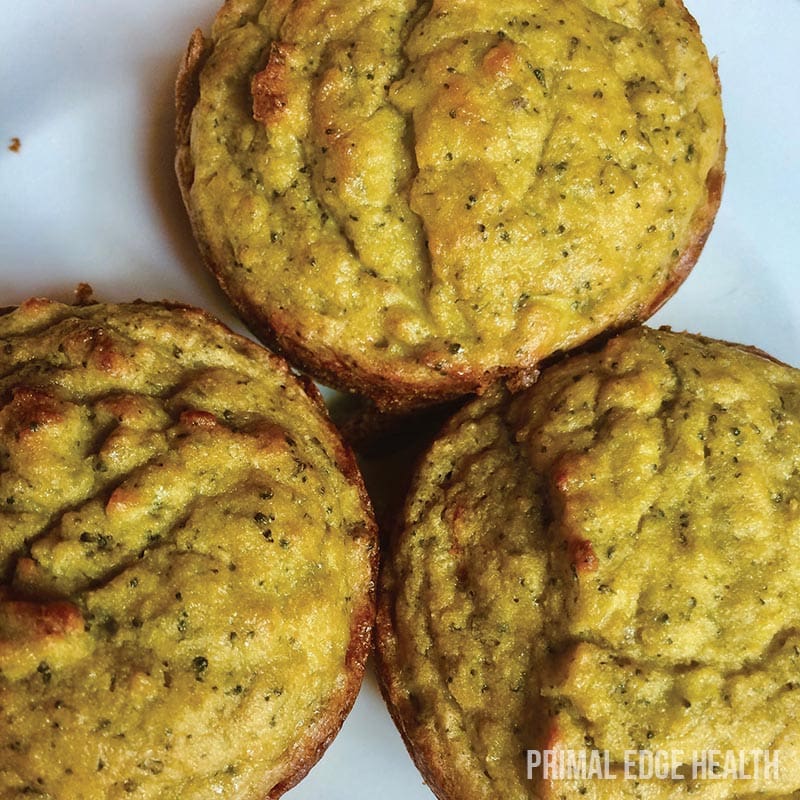
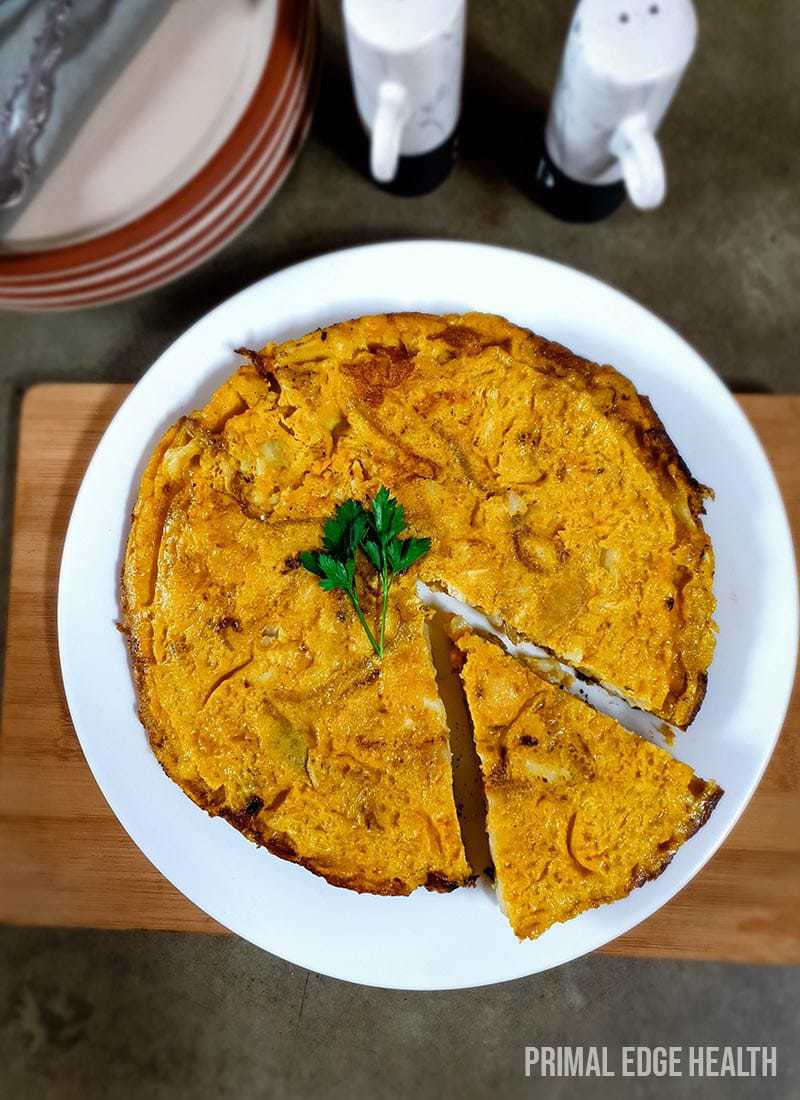
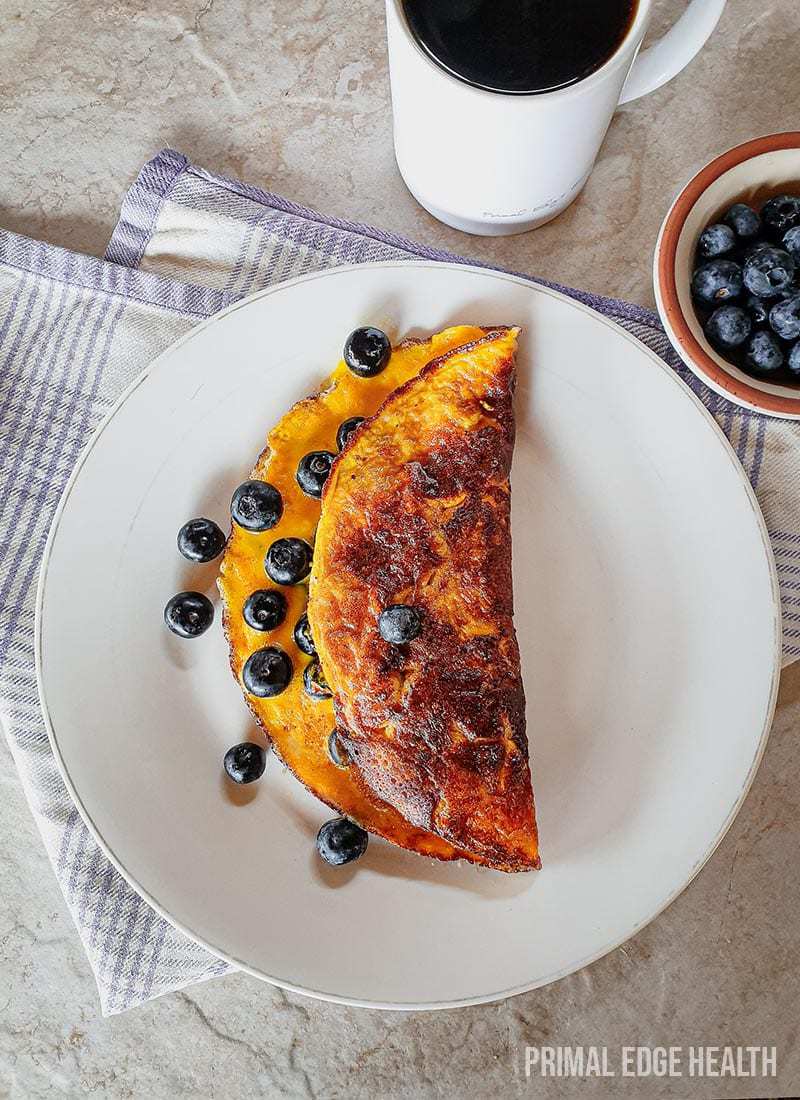
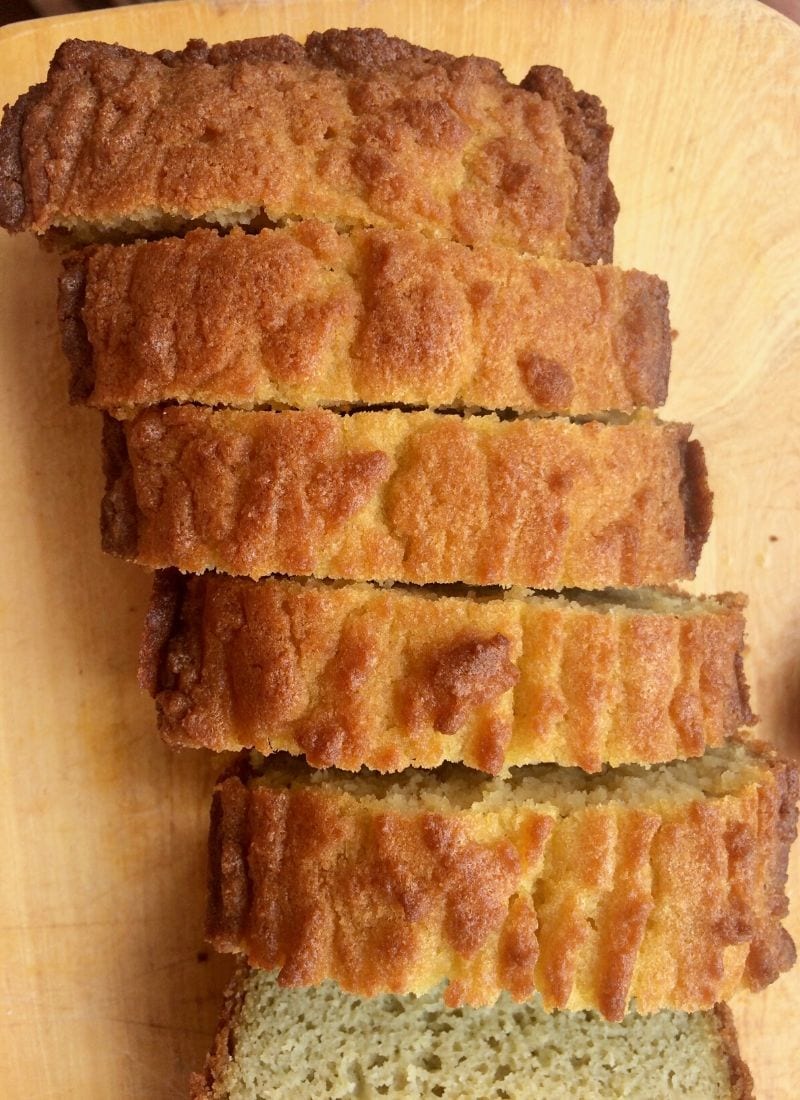
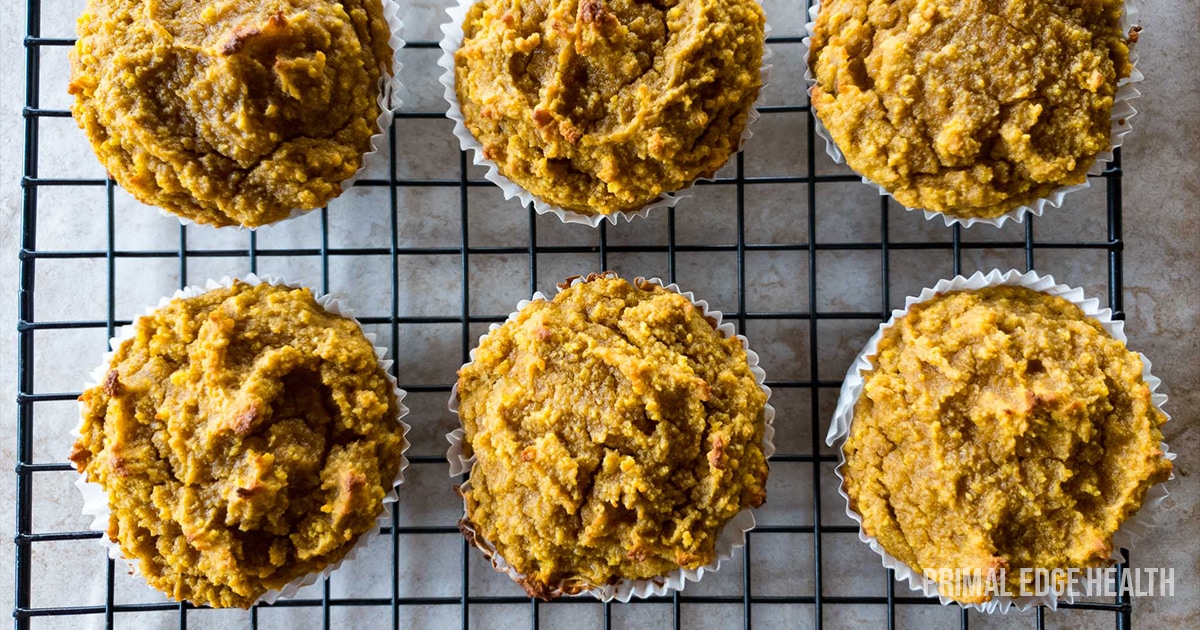

Final Thoughts
If you thought a low oxalate diet was going to be restrictive, I hope this article cleared that misconception up! As you can see, there are so many options to make your breakfasts tasty, nutrient-dense, and kidney-friendly all at the same time.
You can even think of it this way; there are only a few foods you have to avoid. You don’t even have to take them out of your diet, instead, just be wary of how much you’re eating relative to your oxalate intake goals.
Do you have any other low oxalate breakfast ideas you want to share? Don’t hesitate to leave them in the comments below!


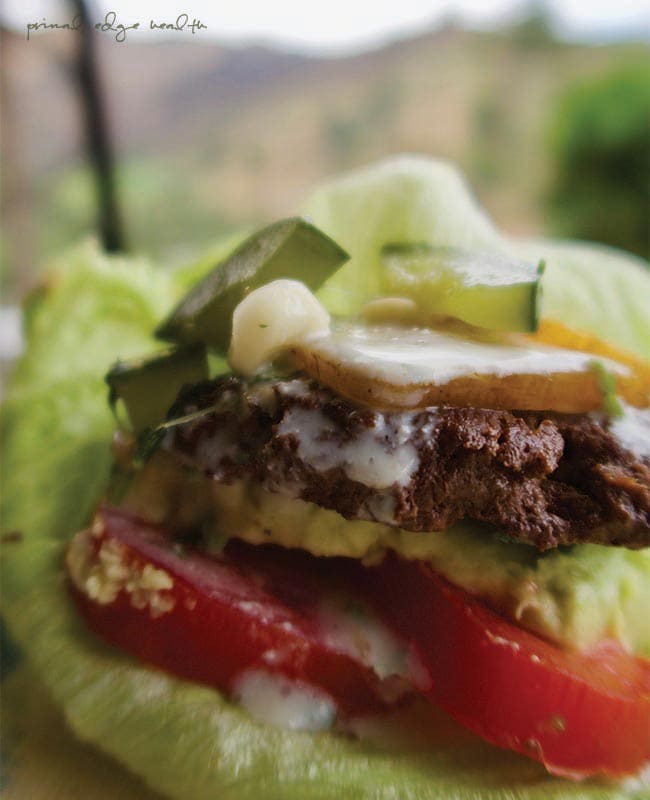
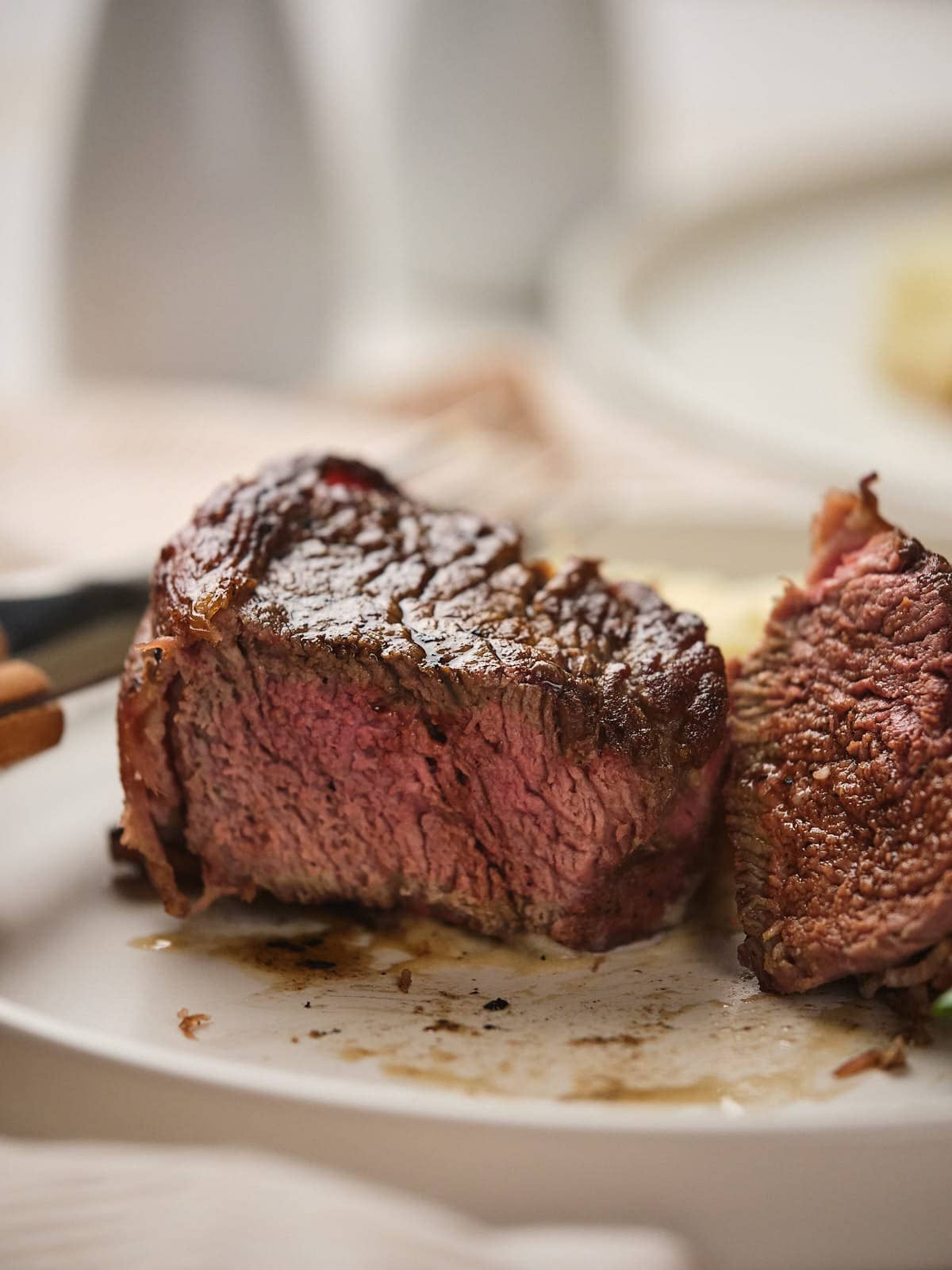
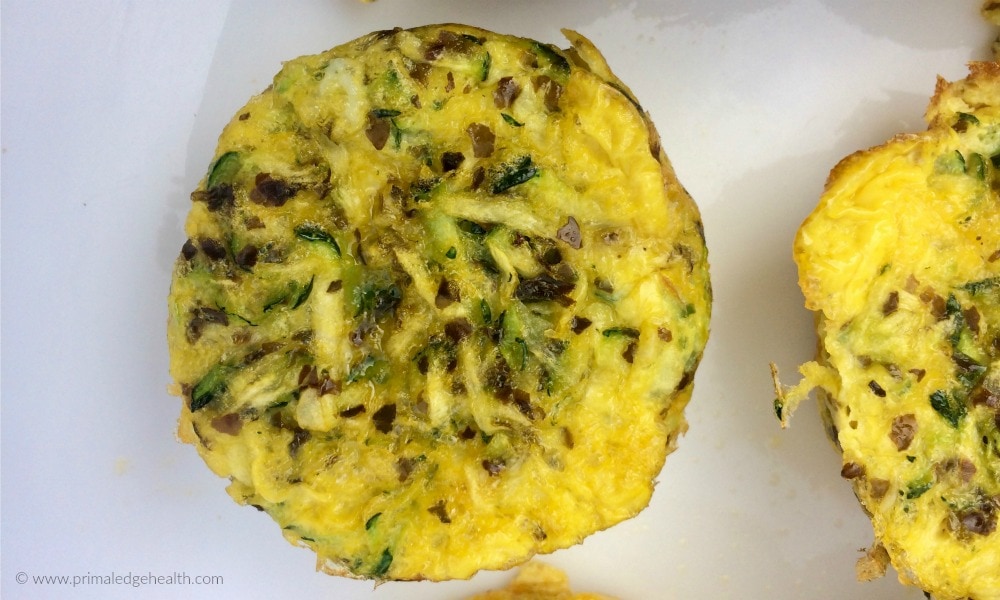
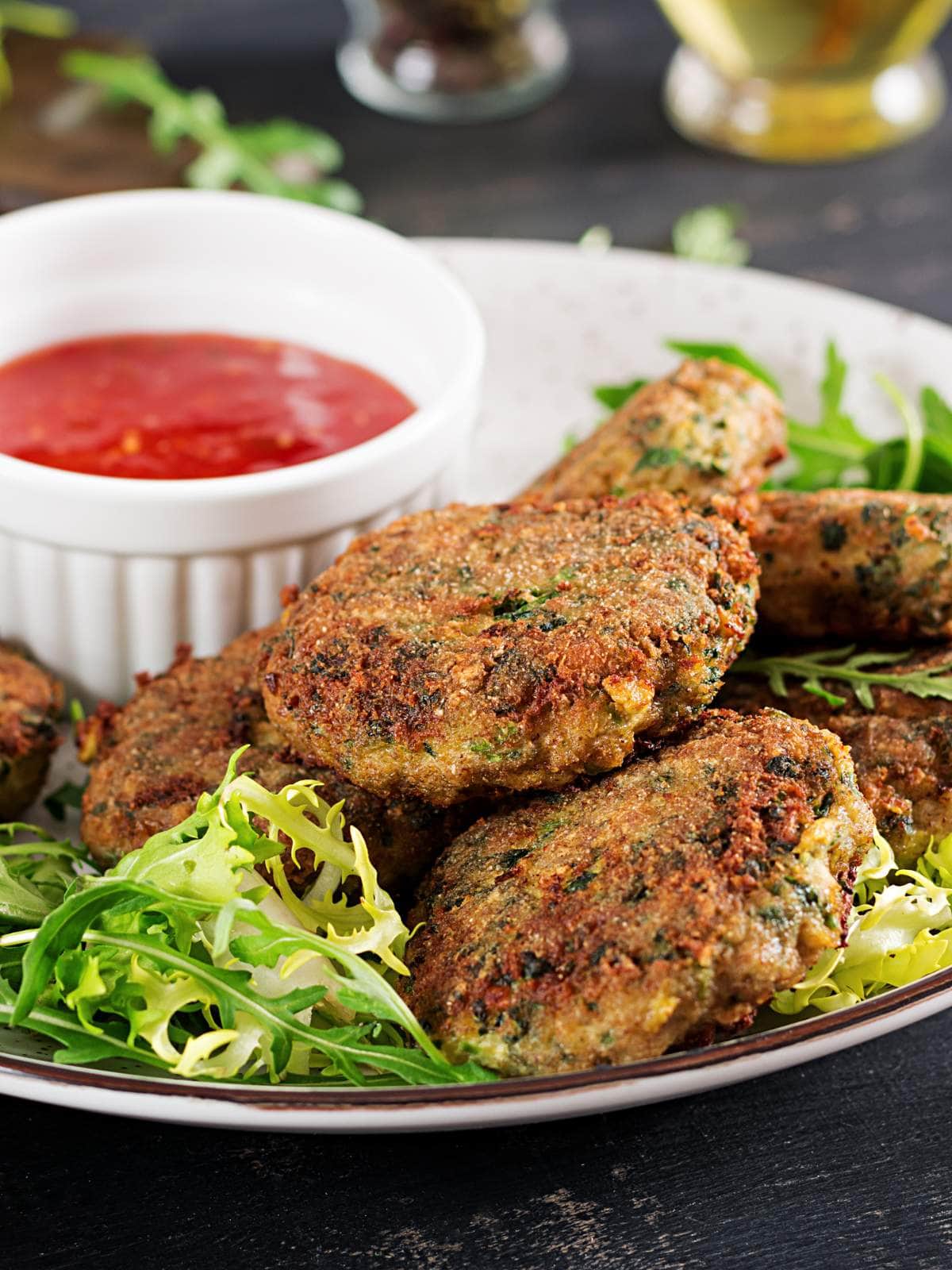
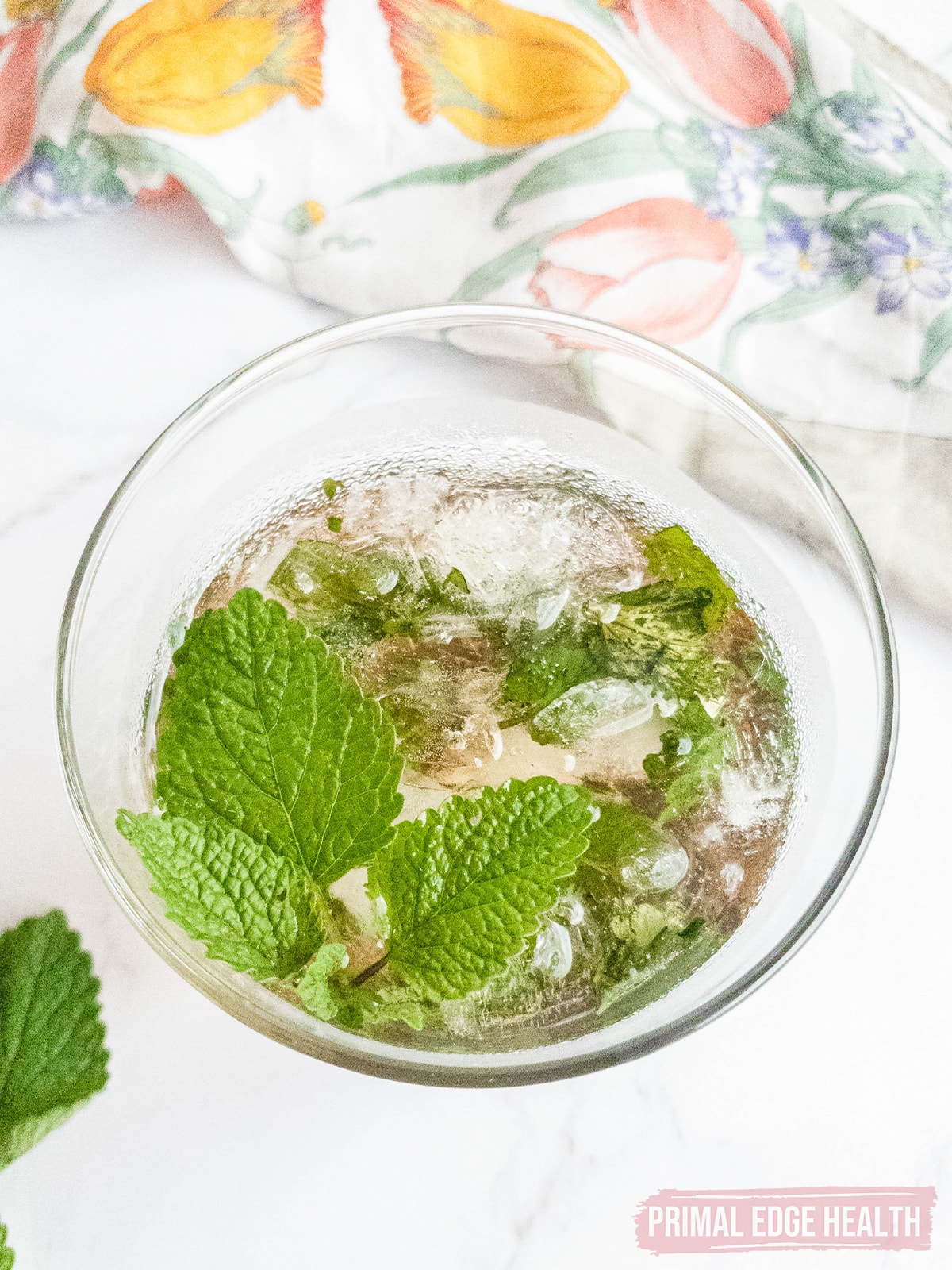
Oh! Thanks for the idea, gonna try it out!
I hope it goes well for you, Jill. Good luck!